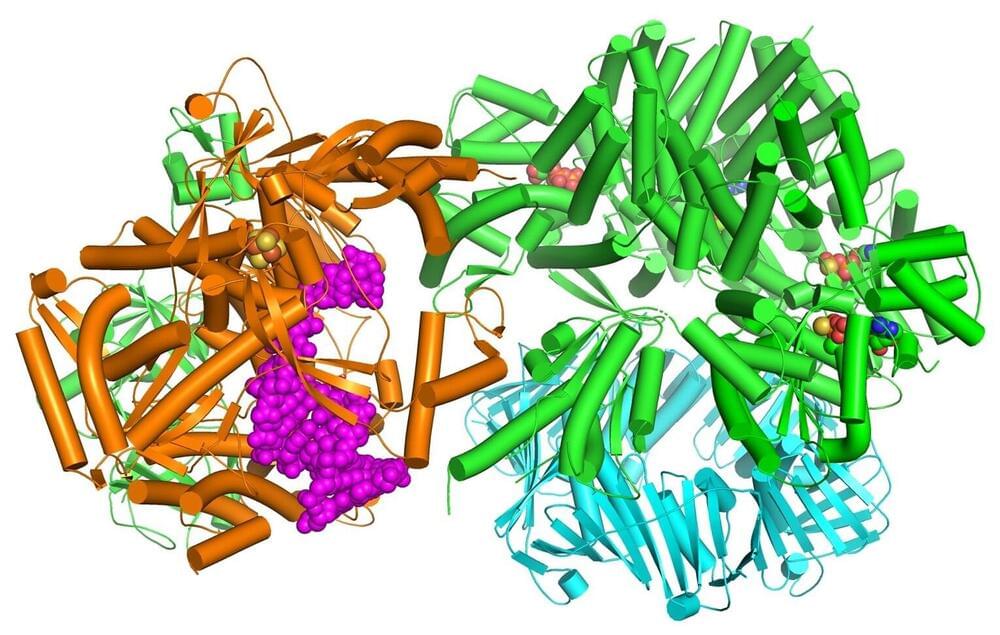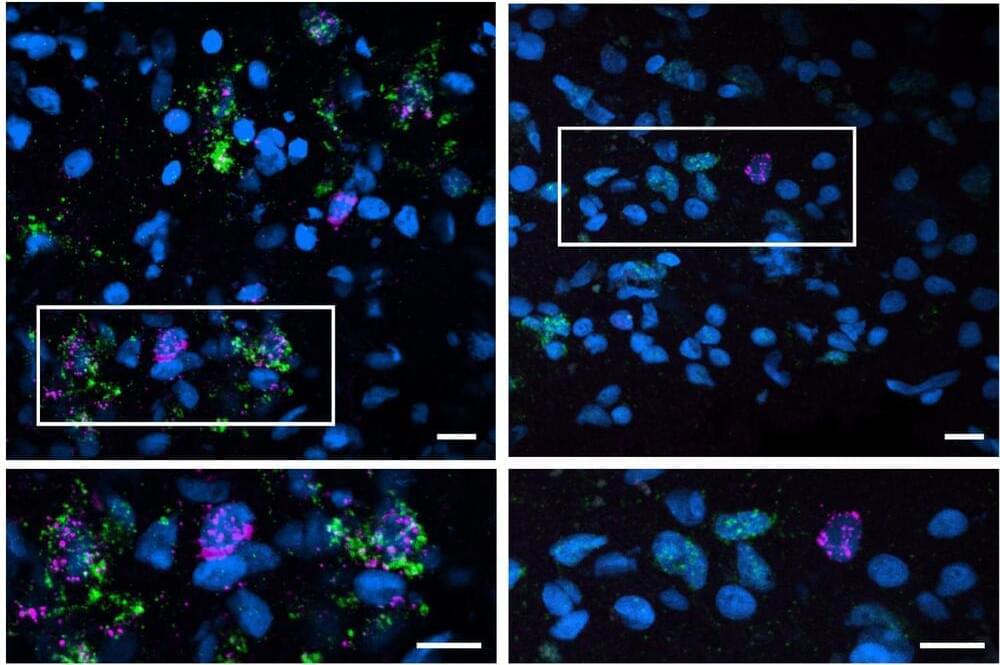Don’t miss the new Deadpool and Wolverine themed mode and limited login rewards in MARVEL SNAP! Use my link to download the game and play! ► https://www.inflcr.co/SHKhF
Big thank you to all our partners who made this project possible:
JLC3DP — Professional 3D printing and machining ► https://jlc3dp.com/?from=hacksmith.
JLCPCB photosensitive resin From ► $1 https://jlc3dp.com/help/article/197-8…
Integran: Metallurgical Nano Technology ►https://www.integran.com/
Canmax Medical Imaging ► https://www.cmimri.ca/ \& @canmaxmedicalimaging on Instagram.
Dr. Kahn ► https://eterna.health/ \& @dr.akhan on Instagram.
Conestoga College ► https://www.conestogac.on.ca/
PRUSA XL 3D printer ► https://www.prusa3d.com/en/product/or…
Hustle Monster Creative — Credit for building the fantastic Wolverine Suit! ► https://www.etsy.com/shop/JimsArmor.
My favorite new 3D scanner ► https://global.revopoint3d.com/produc…
Learn more about the Smith Blade ►https://hacksmith.store/pages/the-smi…
Watch the extended cut with real organic bone testing on Nebula ► https://nebula.tv/videos/hacksmith-co…
GET MERCH ► https://www.Hacksmith.store.
Become a Hacksmith member get exclusive perks! ► / @hacksmith.
SOCIAL






